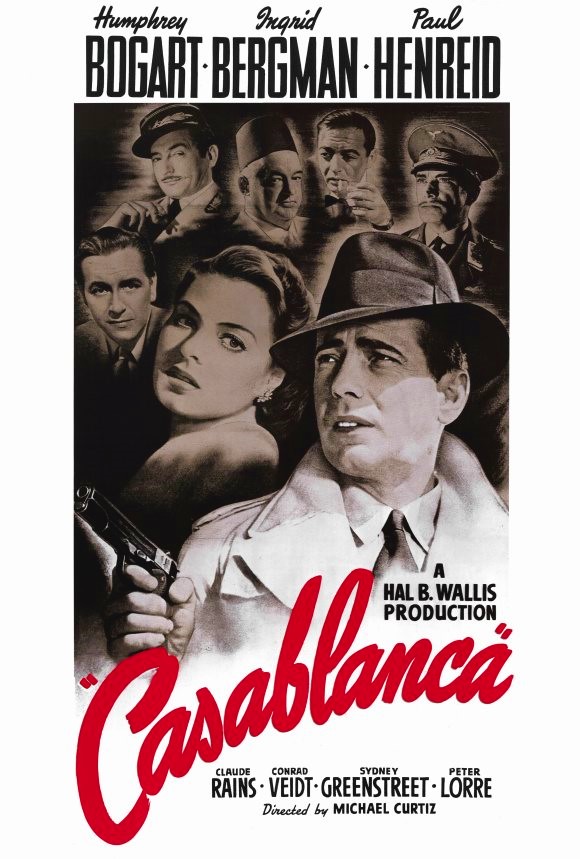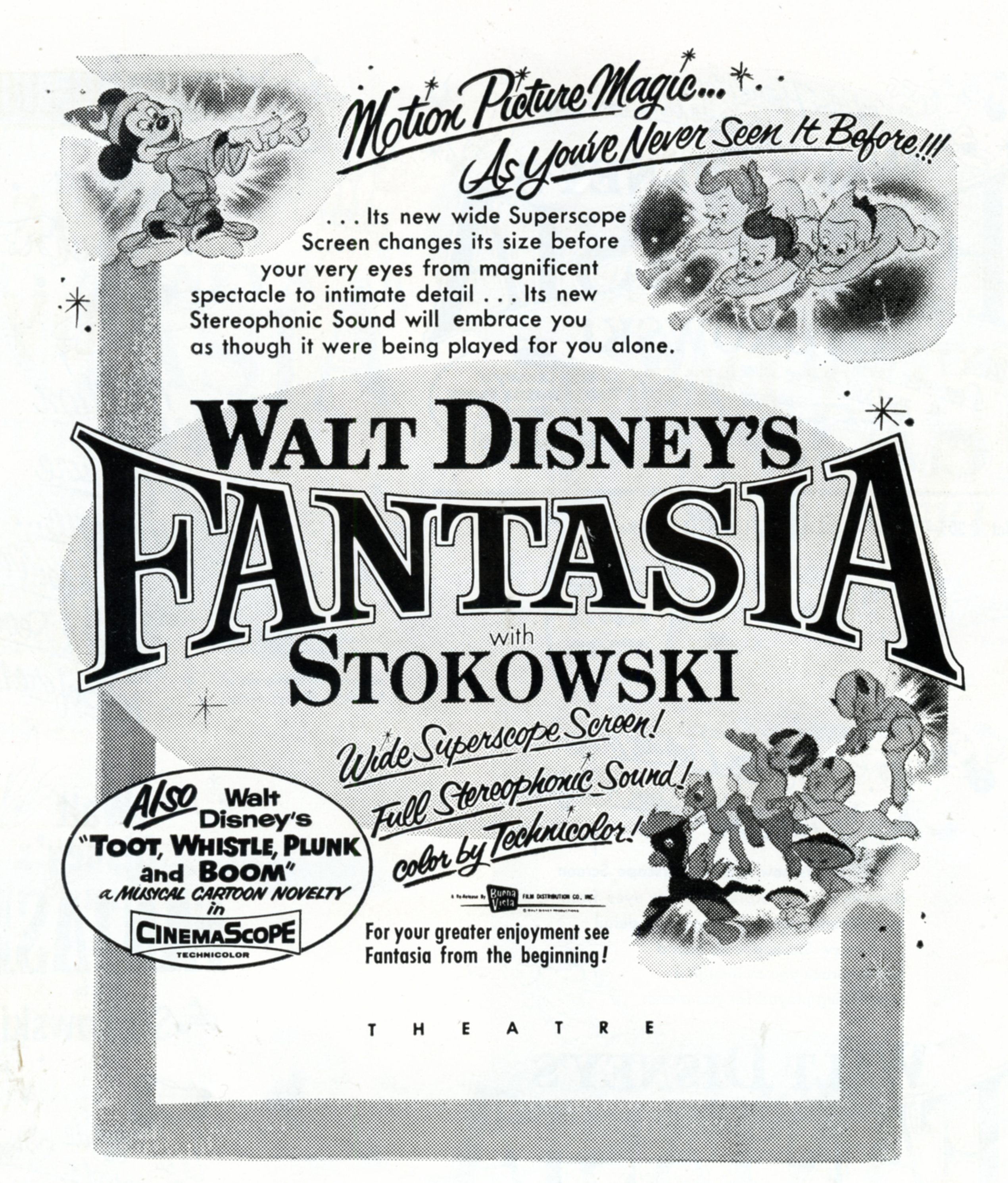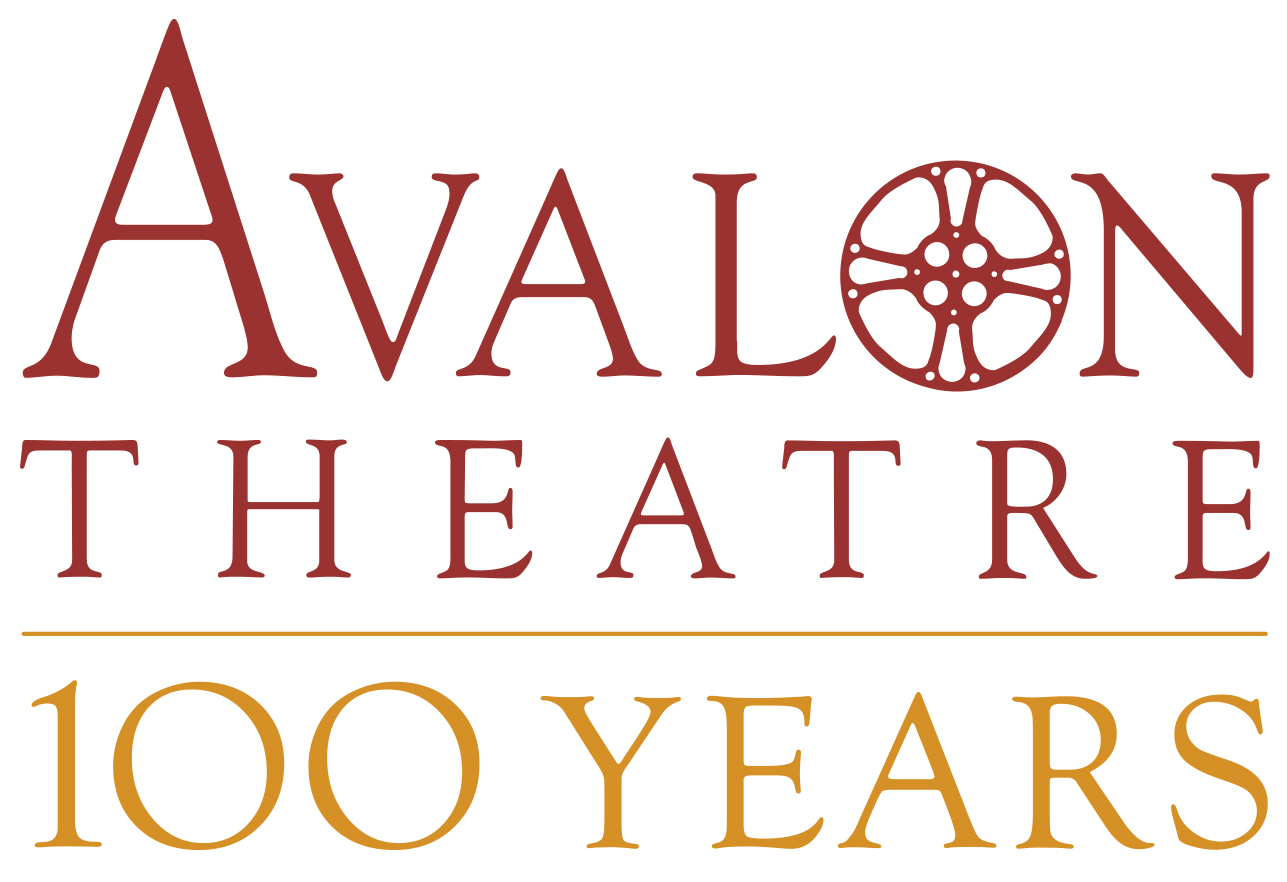1940s Film: War, Film Noir and Charlie Chaplin with Sound
Throughout the Avalon’s centennial year we’re taking a look back, decade by decade, at some of the many films we’ve screened in our cinema and the lasting impact of each decade on film today.
This month we’re reviewing the 1940s – a decade that included a wide-ranging style of film including war propaganda and the first comic superhero movie.
 Hollywood Goes to War
Hollywood Goes to War
While World War II raged overseas, the 1940s started with no shortage of wartime films. These films boosted morale of military members and their families but also played an important role on the home front.
As Hollywood cooperated with government agencies to produce movies that garnered support for the war, films such as Sergeant York (1941) which centered around the First World War, and So Proudly We Hail (1943), a tale of nurses stationed in the Philippines during WWII, were released. Both of these films were designed to invoke a strong sense of patriotism among audiences.
1943’s Casablanca earned widespread praise for its dramatic plotline and love story. But the film also bolstered support for the war among hesitant Americans. Today, although widely recognized as a propaganda film, its love story is considered one of the most iconic in cinema history. “Here’s looking at you, kid,” spoken by Rick Blaine (Humphrey Bogart) to Isla Lund (Ingrid Bergman) remains one of the most recognized lines to-date.
Likewise, 1943’sDestination Tokyo, starring Carry Grant and John Garfield, touted as the “granddaddy of submarine movies,” enticed young men to enlist in the Navy.
It wasn’t all drama, though. The Great Dictator (1940), Charlie Chaplin’s first sound film and biggest commercial success, is a satirical film that condemned Adolf Hitler and antisemitism. While this film was comedic and released prior to the United States entering the war, it served to knock Hitler down from superhuman status, and remains an important influence today.
Adventure of All Kinds
Audiences sought fantastical adventure to escape the reality of war—and Hollywood delivered.
Released in 1940, Swiss Family Robinson, a film adaptation of the popular novel, dazzled both young and old. Recognized for its special effects, this film follows a family that is shipwrecked taking refuge on an island in the East Indies.
Adventure also donned a cape in the film industry with 1941’s Adventures of Captain Marvel. For the first time seen in film, the pages of a popular comic book came to life to fans in theaters across the country, including the Avalon.
From Dark to Light: The Full Spectrum
The 1940s offered cinema-goers a wide array of films. Notably, the American film noir movement took a foothold with audiences. Lady from Shanghai (1947), starring Rita Hayworth and Orson Welles, takes on the popularized crime drama style. This film is still praised today by critics for its interesting camerawork.
Audiences also embraced light-hearted musical films. Easter Parade starring Judy Garland and Fred Astaire was a hit with audiences. Released and shown at the Avalon in 1948, the technicolor film was the highest grossing musical that same year and won the 1948 Academy Award for Best Original Music Score.
 New Technology, New Possibilities
New Technology, New Possibilities
The 1940s were an incredible time for the film industry in the way of technological advances. Technicolor, for instance, had been developed during the decade prior, but faster film speeds made it more accessible. Better lighting, too, made all the difference.
Disney’s Fantasia (1940) premiered in stereo, while the film was screened at the Avalon in 1947 under a re-release of the film with typical sound for the day.
One of the most notable technologies of the decade was the blue screen, a precursor of the green screen. This allowed filmmakers to create more realistic backgrounds and impressive special effects.
With inspiration from wartime, advancing technology and the endless imaginations of filmmakers, the 1940s were quite a time for cinema.
The Avalon is proud to have been a part of the evolving film industry and is celebrating 100 years in the Chevy Chase community. Join us as we look back at some of the films that have made an impact over the last century.


